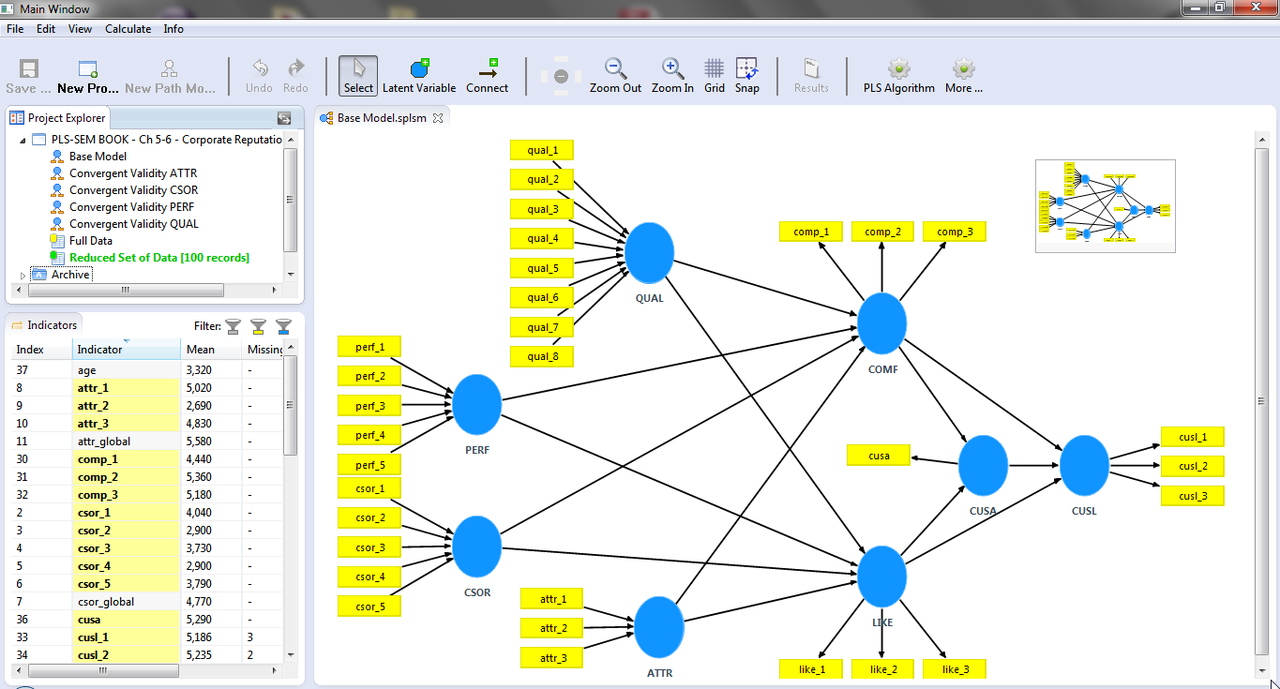Research Road Mapping
by Kelly Trivedy (LLB, MA, PGDE, SFHEA). Independent academic consultant, podcaster, and author of Plan Your Research Project. Use the code COMMUNITY3 for a 20% discount, valid worldwide until March 31, 2024.
Research can often feel like an overwhelming process. If you are a novice researcher, there can be a lot of new terminology to learn too. This is where research road mapping can help!
What is a research roadmap?
The map is a visual representation of all the different sections in your research project from the abstract right through to the conclusion. I have included prompts and reflective pauses to help guide your thoughts. Overall, the map is a method of ‘bigger picture’ thinking to direct your research project. Here is an extract from my book ‘Plan Your Research Project’ (pages 24-25) to indicate what a map may look like:
Why a roadmap?
It is unique and better still, it is designed by you in your preferred style. The personalisation offers flexibility and adaptability as your project evolves. These are two key components to consider regarding changes and growth in your thinking. If you are completing an MA or doctoral research project, it is also a useful framework for igniting a conversation with your supervisory team.
Connecting ideas
Research is an iterative process and there can be many highs and lows. You may feel a sense of success or relief as you work through some elements but equally feel deflated by the others. The map allows you to see the relationship between your ideas. Ideas may change and you will be able to see the effect on other elements of your project via the visual map.
Designing your map
This is the best part. If you are like me, you may want to put pen to paper and note down your main ideas before designing your official map. Once you have a working draft you can start to put the map together. There are many online tools you may wish to explore to support the design. Here are some of my suggestions:
Canva – one of my favourite tools. You can use images, shapes and your own colour palette. There are many templates that you can edit and use. If you want to export your map in different formats you will have the flexibility to save it as a PDF, PNG and JPEG.
Mind-Mup - you may want to use a mind-mapping tool and connectors to link ideas. Mind-Mup is an online web-based tool. Just remember to save before exiting!
Adobe Fresco - If you have an iPad and prefer digital drawings, there are artistic brushes you can use to draw out and populate your map.
Microsoft OneNote - If you are a fan of and/or have a subscription via your institution to Microsoft Office 365, OneNote is a useful tool for project management. You can design your map directly in the programme or PowerPoint/Word (and many other programmes) and save it to your OneNote notebook. You can also share OneNote files with your supervisor(s) or other interested parties within your institution.
Of course, you may choose to use traditional methods too. A corkboard can be useful for this if you prefer something tangible!
How do I begin the map?
Start with why. Ask yourself these three questions:
Why am I focusing on this topic?
What importance does it hold to my practice/field?
What is my topic in one sentence?
Give yourself some time to think about the research as a whole. You will not have all the answers at the start, but the map will help to guide you step-by-step. Fill in what you can and revisit as you make progress. Take yourself to a place where you feel comfortable and will not be disrupted. Taking the time at the start can help you to have a strong foundation to build on. Gather a toolkit of resources to help with the planning. You may include post-its, pens, highlighters, tabs and large paper.
Make your map your own
There is no wrong way or right way to design the map. You may choose to have something which is linear or perhaps you prefer a table or colour coding to signal navigation. The map must be meaningful to you. Although, having said this, it may be useful later down the line to keep track of any big change you make for a rationale or justification. You may want to keep a few neat copies to show the transition and growth of your project from initial thoughts to fully developed ideas. Don’t be afraid to inject your personality into the map. Research is a long process and I believe adding some fun into designing guidance for yourself can help you feel more connected to your project as a researcher.
Revisiting the map
The idea is to have your map with you whenever you are working on your project to keep you grounded. Our reading can sometimes take our thoughts in a different direction than intended and sometimes that is justified, however, during other times, you will need to make a difficult decision on whether to include information as part of your project or not. This is where checking in with your map comes in. Schedule a weekly 15-minute check-in to ensure you are on track, and if you have veered off plan, make the relevant changes to reflect new thoughts. Remember the map is a working document that will develop over time.
I want to know more about planning research…
My book Plan your Research Project offers more tips and guidance to support each stage of your research journey.
I have also written an online campus course with Sage Plan your Project which may be available via your institution.


































Informed consent is the term given to the agreement between researcher and participant. In this post Janet Salmons offers suggestions about the intersections of the Internet communications, ethics and participants.